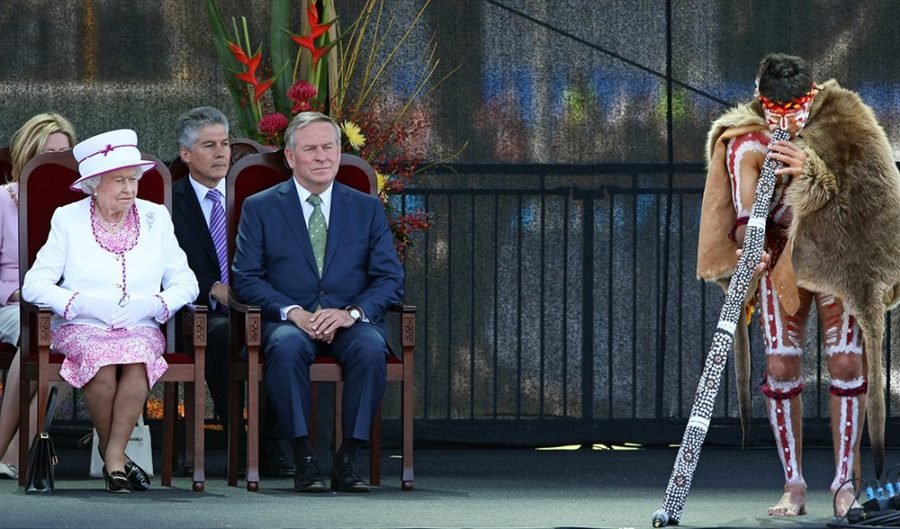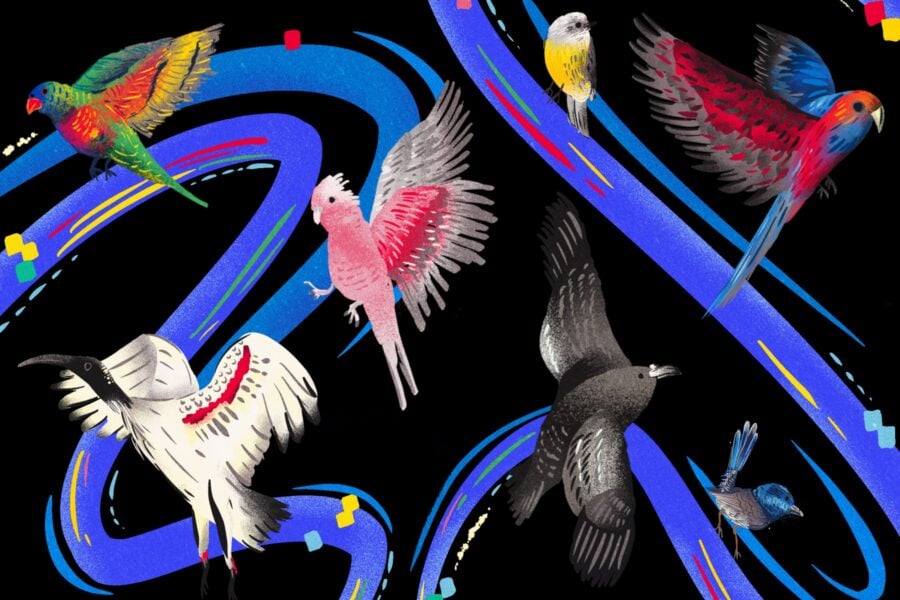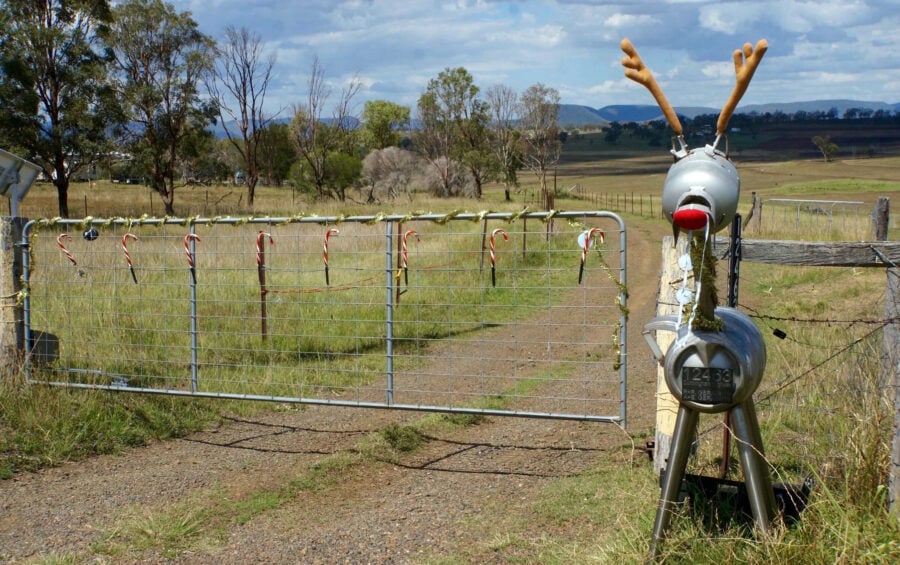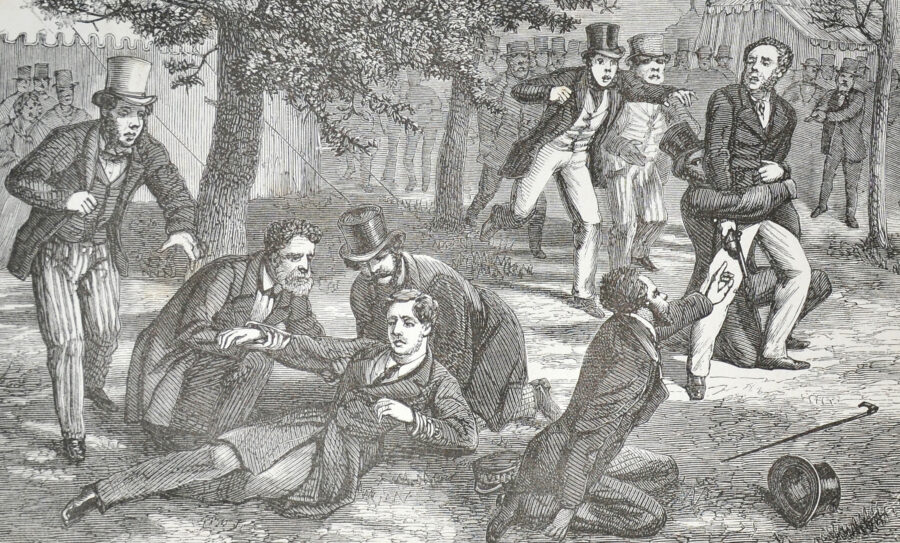40 years of the ‘modern’ Welcome to Country

FOR THOUSANDS OF YEARS Aboriginal people have performed a type of ‘Welcome to Country’ ceremony when one tribal group sought to enter the lands of another. This traditional protocol took many forms, it could be spoken, sung, performed and possibly there would be a smoking ceremony, depending on the traditions of the local group.
Almost exactly 40 years ago these ceremonies first began to enter the Australian mainstream after a performance by West Australian Richard Walley and the Middar Theatre at the Perth International Arts Festival (which is on again for another few days) of 1976.
Richard and other performers with the Middar Aboriginal Theatre officially welcomed Maori and Cook Islander dancers who were refusing to perform without one on the lawns of The University of Western Australia during a multicultural dance performance. “I was surprised [by the request], but I didn’t mind”, says Richard, a musician, dancer, writer, artist and cultural educator.
Richard Walley’s Welcome to Country
After seeking permission from local Nyoongar Elders, Richard spoke the Welcome in the local tongue.
“I asked the good spirits of my ancestors and the good spirits of the ancestors of the land to watch over us and keep our guests safe while they’re in our Country. And then I talked to the spirits of their ancestors, saying that we’re looking after them here and we will send them back to their Country”. He followed it with a Nyoongar song about Country and then the Middar, which included TV personality Ernie Dingo, danced.
It had a stickiness, and the idea kept being picked up says Richard, first by the Northern Territory Tourism Board and then the Australian Tourism Board. A request to perform at the Miss Universe competition in Perth followed in 1979, and this performance (of a slightly truncated Welcome) was broadcast all over the world. Aboriginal and Torres Strait Islander Arts, a national organisation which Richard chaired for many years, helped things along by encouraging The Australia Council for the Arts, the national arts body, to ask that grant recipients seek a Welcome when performing on indigenous land.
Indigenous diversity
“That was sort of the catalyst, those years, that made the public aware of cultural protocol,” says Richard.
Welcome to Country has since been accused of tokenism. Supporters, however, see it as important expression of the connection indigenous groups have to their traditional lands and a means to communicate to non-indigenous people the diversity of indigenous nations and traditions.
This diversity is reflected in the fact that there is no set performance, although a spoken acknowledgement of ancestors and the land is a common element, and each region does it differently. “And that’s fantastic,” says Richard, “because each place is different and each custodian has a different language and a different outlook, but we’re all firm believers that we’re from the land, and that is what we pay tribute to, and all people call upon ancestors”.
In recent years Welcome to Countries have been extended to everyone from British royalty to the thousands that attended the 2000 Olympics Opening Ceremony. At lesser events it’s common for either an indigenous person or a non-indigenous person to say an Acknowledgement of Country, a short speech that recognises the continuing connection of Australia’s first peoples to Country and their cultural custodianship of that land.
Richard Walley was made a West Australian Living Treasure in 2015.
RELATED CONTENT
- Aboriginal inventions: 10 enduring innovations
- On this day: Uluru given its name
- DNA confirms Aboriginal culture one of Earth’s oldest
- Top 10 Aboriginal bush medicines




